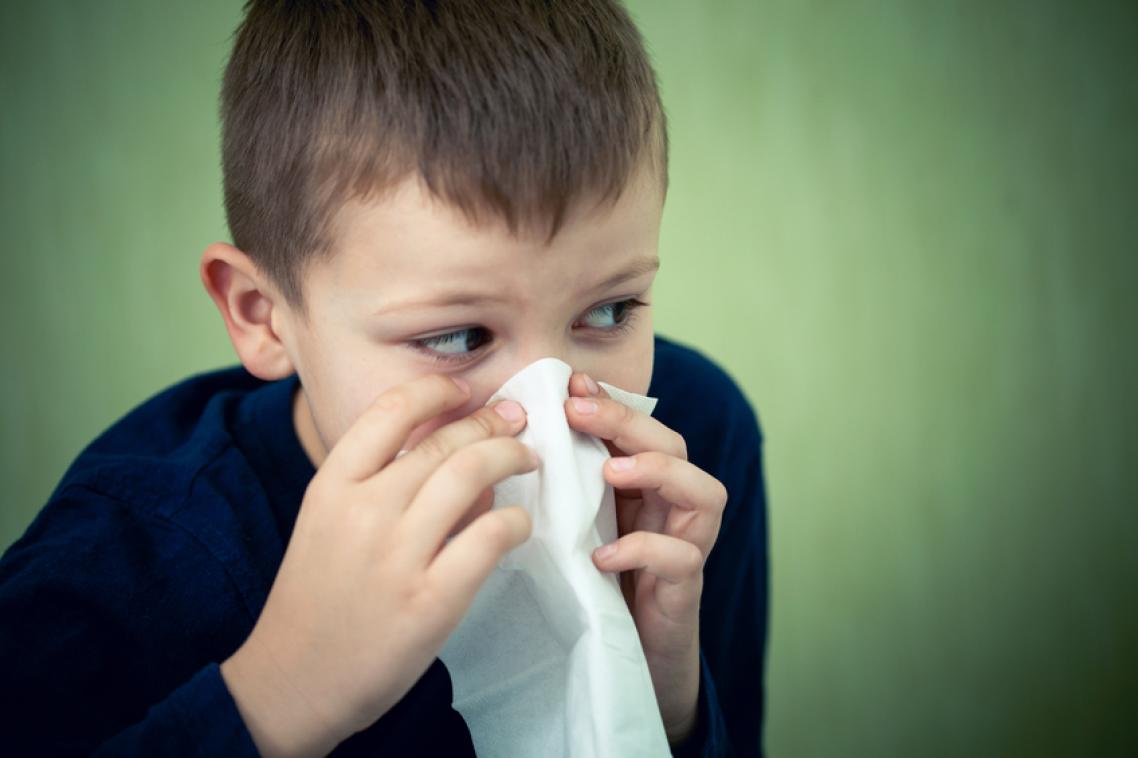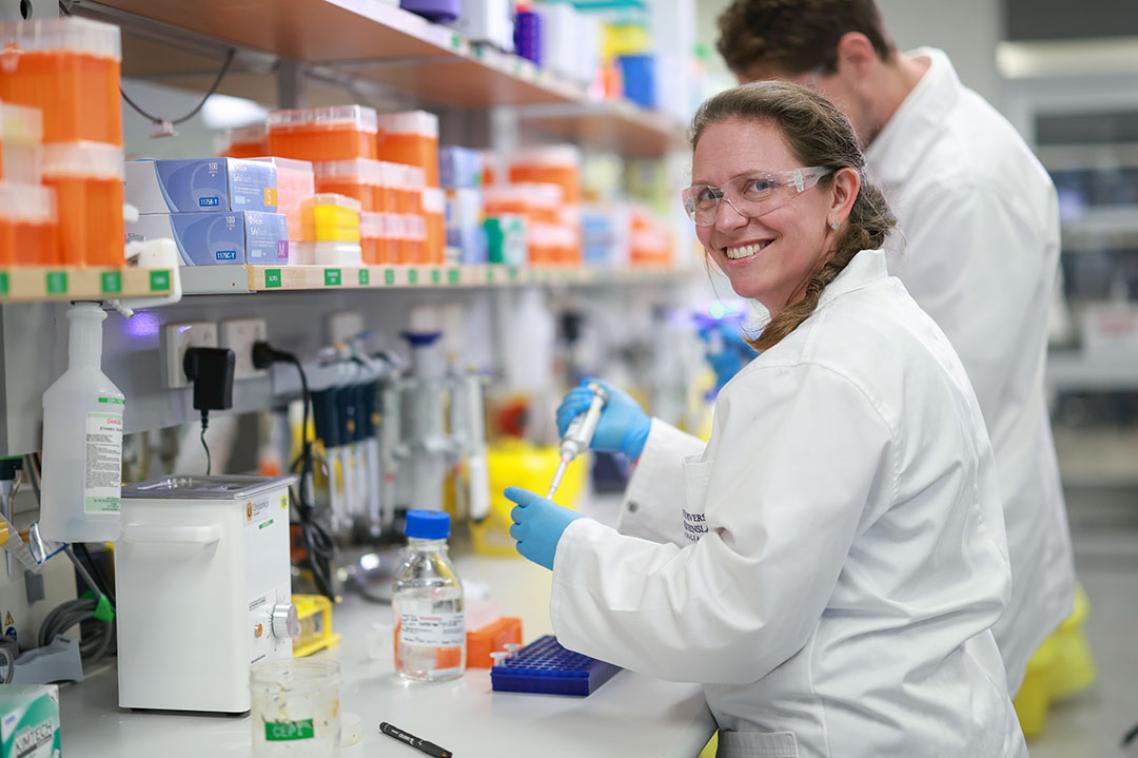Bacterial or viral? Now we can tell

Researchers from The University of Queensland and Imperial College London have developed a method to distinguish viral and bacterial infections in children, which will save lives and reduce antibiotic use.
Associate Professor Lachlan Coin from the Centre for Superbug Solutions at UQ’s Institute for Molecular Bioscience said bacterial and viral infections could be difficult to tell apart.
”Most children with a fever have a self-resolving viral infection like a flu, but a small number have life-threatening bacterial infections such as meningococcal disease,” Dr Coin said.
“Our method will prevent the unnecessary prescription of antibiotics to children with viral infections, and ensure dangerous bacterial infections don’t go undetected.”

“We analysed the gene patterns in the blood of children presenting with a fever at some hospitals in the United Kingdom, Spain, the Netherlands and the United States between 2009 and 2013, and discovered two genes that can distinguish bacterial infection from other causes of fever,” he said.
Dr Coin said multidrug-resistant bacteria, or superbugs, were serious cause for concern.
“Unless we tackle this problem, by 2050 superbugs could be claiming the lives of 10 million people each year,” he said.
“Over-prescription of antibiotics is significantly contributing to the rise of superbugs, so this discovery is a major breakthrough in this serious global challenge.
“The biomarker we discovered has the potential to diagnose other childhood diseases, including lupus and juvenile arthritis.”
The research team will seek to translate the discovery into clinical tests suitable for use in hospitals.
“We need to conduct more research, but we are quite confident we will be able to harness existing DNA sequencing technology to develop a revolutionary low-cost and rapid way to analyse and diagnose infections in children,” Dr Coin said.
This study, published in the Journal of the American Medical Association, was led by Professor Michael Levin of Imperial College London.
Media: Heidi Jones, IMB Communications, heidi.jones@uq.edu.au, +61 7 3346 2134, 0416 273 279.
Topics
Related articles

Everything you need to know about Australian bat lyssavirus

Billion-dollar deal takes UQ vaccine tech to the world
Media contact
UQ Communications
communications@uq.edu.au
+61 429 056 139
